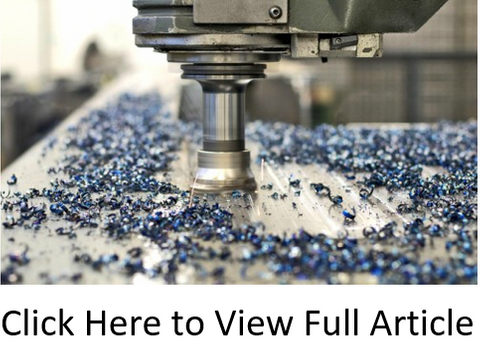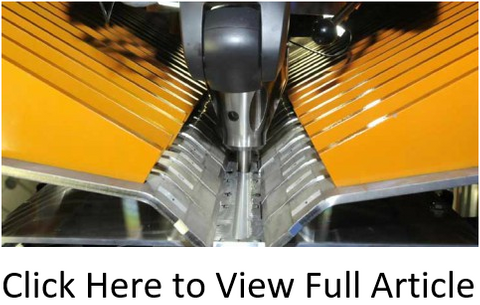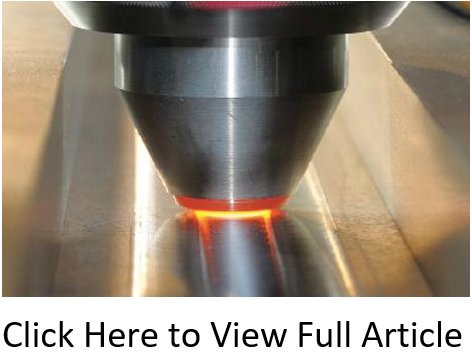Resource Library
White Papers published by HFW Solutions
Fundamental Properties of Friction Stir Welded Al 7136 Including Effects of Post-Weld Artificial Aging
Recently, a new 7XXX series aluminum alloy designated 7136 has been developed by Universal Alloy Corporation (UAC) for aerospace applications. Base material properties of 7136 are compared to friction stir welded joint properties. Additionally an investigation into post-weld artificial aging and corrosion was conducted. The FSW joint properties and aging behavior of 7136 was also compared to 7075-T73 and some of the replacement alloys for 7075-T6 which have been identified by the Navy, specifically 7055-T74 and 7249-T76. Trends in the overall aging behavior of 7XXX series alloys, friction stir welded in the T7x condition are discussed. Preliminary results show that the corrosion resistance of 7XXX series alloys welded in the T7x condition can be significantly enhanced by the application of post-weld aging following FSW. Post-weld aging is also required in order to stabilize the microstructure in 7XXX series alloys, which would otherwise continue to naturally age indefinitely as indicated in the literature. Microhardness, electrical conductivity, tensile and exfoliation corrosion test results, as well as an assessment of the metallurgical characteristics, is presented.
Effect of Fit-up Tolerances on the Strength of Friction Stir Welds
Part fit-up variations are critical to the joint quality produced by joining operations like friction stir welding (FSW). Typical fit-up issues may include: gaps, misalignment between the weld path and joint line, setup related variations, voids or holes in the weld path, mismatch between materials being joined, etc. These and other factors potentially result in variations in mechanical properties between the start and finish of the weld as well as lead to the possible formation of defects along the joint line. The purpose of this study was to determine the robustness of the friction stir welding process to selected imperfections in joint fit-up between plates in butt-welding. Specifically, it includes a study of the effect of part fit-up variations on the transverse joint tensile strength of 0.125” thick friction stir butt-welded 7075-T73 aluminum plate. Welds were performed on an MTS® ISTIR™ PDS friction stir weld machine at the National Institute for Aviation Research in Wichita, KS. It was found that the FSW process was capable of creating a sound defect-free joint for a range of typical fit-up discontinuities. The tolerance zone for weld path misalignment to the joint line was related to the formation of fine nugget grain structure at the bottom of the weld, with two- thirds of the tolerance zone located on the advancing side of the pin. It was also determined that a certain amount of plate gap or voids in the weld path can be tolerated without a decrease in tensile strength; beyond that point, volumetric defects form in the nugget. Otherwise, there is little variation in tensile properties along the weld joint when care is taken to ensure gap and alignment tolerances are not exceeded.
Aging Weapons Systems Repair using Friction Stir Welding
Friction stir welding and processing (FSW&P) was identified in the FY07 Aging Aircraft Study conducted by the South Dakota School of Mines and Technology as a technology that is ready to enter into a qualification process for use as standard repair technique on aging weapons systems.
FSW has been widely investigated as a manufacturing process with successes reported in the commercial and government sectors; however, little is reported in the literature on the qualification of FSW&P for repair applications. Preliminary analysis in this study utilizing the friction stir welding process for repair of several components showed technical feasibility. In addition, the demonstration of FSP to refurbish an actual part was successful. Radiographic inspection showed that the volumetric defects and fatigue cracking were processed from the candidate component. The study produced a cost benefits analysis which estimated $9.4M annual savings to the USAF alone for components repairable with FSW&P.



